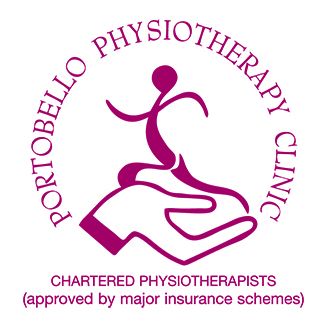Chartered Physiotherapists
Specialists in Musculoskeletal Physiotherapy
Hamstring Injury
Hamstring injury is one of the most common injuries in sport, it is particularly common in sprinters, hurdlers, long jumpers and field related sports. In Australian Football League (AFL) it is the most common reported injury making up 15% of all reported injuries, similarly in soccer hamstring strains make up 12% of all reported injuries. Hamstring muscle injuries have also been shown to have the highest recurrence rate of any other injury ranging between 12 and 63%. This high rate of re-occurrence is often down to inadequate rehabilitation and return to play to soon. The research has demonstrated that there are number of intrinsic and extrinsic factors which increase the likelihood of sustaining a hamstring strain. Intrinsic factors include age, previous history of injury, flexibility, strength, and lumbopelvic or ‘core’ stability. Extrinic factors include poor warm up, levels of fatigue, general fitness levels and training modalities.
Mechanism
During sprinting or kicking hamstring tears usually occur at the terminal swing phase when the muscle is at peak activation and approaching maximum length. Patients will experience pain at the back of their leg at the site of the tear, this pain may vary from mild to severe, in mild cases athletes may be able to continue playing only to feel stiff and sore after, in severe cases they may be unable to weight bear through the leg at all. Two of the main predictors of hamstring healing times are the size or degree of the tear and the location. Mid-belly tears usually heal quicker and with less complications compared to more proximal tears that are higher up and closer to the boney origin.
Hamstring Injury Treatment
In order to reduce the risk of reoccurrence treatment of hamstring tears must address all intrinsic and extrinsic factors contributing to injury. Our Chartered Physiotherapists will carry out a detailed history and examination to ascertain an accurate diagnoses and implement a comprehensive treatment protocol. Treatment of hamstring strains may include any of the following techniques: Deep tissue massage, heat or cold therapy, dry needling, acupuncture, ultrasound, laser, progressive strengthening and stretching program.
Ready to take the next step?
Learn more about our Patient-Centered Approach to Care or schedule a new patient consultation.


